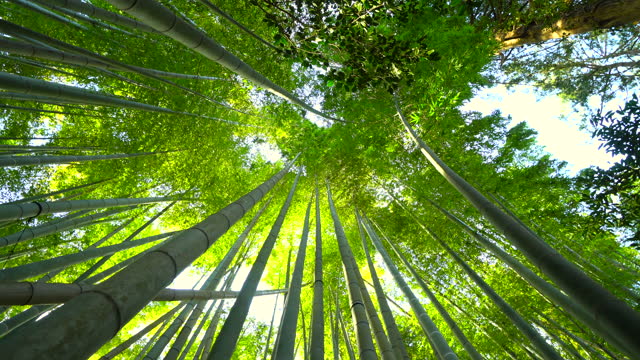The Benefits of Bamboo: Sustainable Uses and Products
Bamboo, a versatile and sustainable plant, has gained immense popularity in recent years due to its numerous environmental benefits and diverse applications. This article explores the various uses of bamboo and highlights how it contributes to sustainability. From construction and furniture to textiles and medicine, bamboo offers a range of eco-friendly solutions. Read on to discover the many benefits of bamboo and its positive impact on the planet.
Table of Contents
What is Bamboo?
Bamboo is a type of grass that belongs to the family Poaceae. It is known for its rapid growth and versatility. Bamboo can be found in different regions around the world and has been used for centuries in various cultures for its strength and durability.
Bamboo’s Environmental Benefits

Bamboo plays a crucial role in environmental preservation. It is considered one of the most sustainable materials on the planet due to its rapid growth and low environmental impact. Unlike traditional trees, bamboo can reach full maturity within 3-5 years, making it an excellent renewable resource. Additionally, bamboo helps combat deforestation as it can be harvested without killing the plant, allowing it to regenerate and continue absorbing carbon dioxide.
Bamboo in Construction
Bamboo’s strength and flexibility make it an ideal material for construction purposes. It has a higher tensile strength than steel, making it a viable alternative for reinforcement in concrete structures. Bamboo can be used for scaffolding, flooring, walls, and even entire buildings. Its natural beauty and versatility make it a popular choice among architects and builders.
Bamboo in Furniture and Decor

Bamboo furniture and decor items have gained significant popularity due to their unique aesthetics and sustainable nature. Bamboo can be crafted into various furniture pieces such as chairs, tables, and shelves. Its light weight and durability make it suitable for both indoor and outdoor settings. Bamboo’s natural texture and color add an organic touch to any space, creating a warm and inviting ambiance.
Bamboo in Textiles and Clothing
Bamboo fibers have revolutionized the textile industry. The fibers extracted from bamboo can be spun into yarn and then woven into fabrics. Bamboo textiles are known for their softness, breathability, and moisture-wicking properties. They are hypoallergenic and naturally antimicrobial, making them ideal for sensitive skin. Bamboo clothing offers comfort and style while minimizing the environmental impact.
Bamboo in Paper and Packaging

Bamboo pulp is an eco-friendly alternative to wood pulp in the production of paper and packaging materials. Bamboo paper is not only sustainable but also possesses excellent durability and printing properties. It can be used for a wide range of applications, including books, stationery, and packaging materials, reducing the reliance on traditional tree-based paper products.
Bamboo in Medicine
Bamboo has a long history of medicinal use in traditional medicine systems. It contains various bioactive compounds that have therapeutic properties. Bamboo extracts are known for their antioxidant, anti-inflammatory, and antimicrobial properties. They are used in traditional remedies for treating conditions such as fevers, respiratory disorders, and gastrointestinal issues.
Bamboo as a Renewable Resource
Bamboo’s rapid growth rate and ability to regenerate after harvesting make it an excellent renewable resource. Unlike hardwood trees that take decades to mature, bamboo reaches its full height and thickness within a few years. This makes it a more sustainable choice for meeting various human needs without causing long-term environmental damage.
Cultivating Bamboo Sustainably
To ensure the sustainable cultivation of bamboo, proper management practices are essential. Responsible harvesting techniques, such as selective cutting, allow the bamboo plants to regenerate naturally. Additionally, organic and chemical-free cultivation methods minimize the impact on the surrounding ecosystems. By promoting sustainable bamboo cultivation, we can further enhance its positive environmental benefits.
Final Thoughts
Bamboo’s sustainable uses and products have made it a favored choice in various industries. Its rapid growth, low environmental impact, and versatility make it an attractive alternative to traditional materials. From construction to furniture, textiles, paper, and medicine, bamboo offers sustainable solutions that benefit both people and the planet. By embracing bamboo and supporting sustainable practices, we can contribute to a greener and more eco-conscious future.














